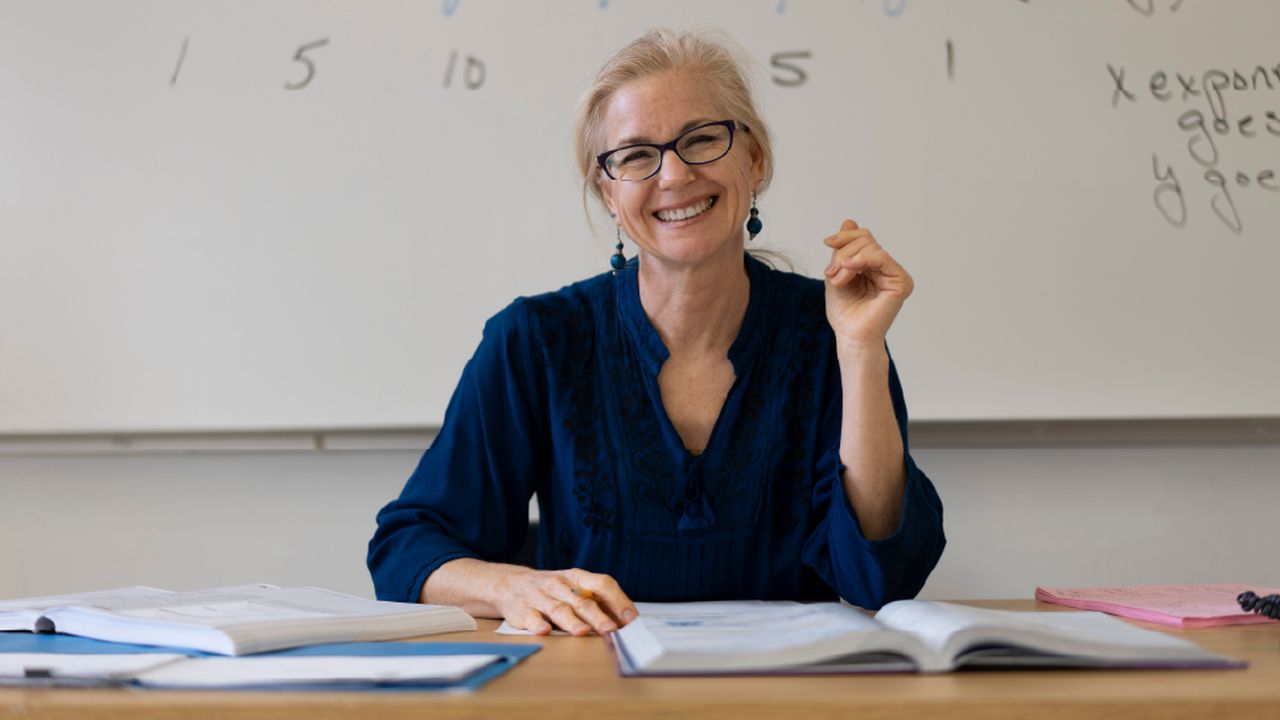No Marking? No Problem.
We held a webinar about a "no marking" school in Havering, here's what we learned!

“I can’t justify going back to marking”
These are the words of Natalie Palmer, Assistant Headteacher at Hylands Primary School in Havering. Her school became a “no marking” school almost five years ago and since then, even in the wake of the pandemic, they haven’t looked back!
We held a webinar, hosted by Ross Morrison McGill of Teacher Toolkit, where Natalie told us how her school coped with the covid chaos, and how their “no marking” approach helped them deal with welcoming their most varied cohort in years!
Before and after the pandemic
Natalie told us that before the pandemic, her school already had a diverse range of children from different backgrounds and with different learning needs. As a border school in London, they were used to that and were prepared to deal with it.
However, on the return to school this September, Hylands faced new challenges. The school is well used to high rates of mobility, (Havering has the highest rates of mobility of all London boroughs) often involving children who do not have English as their first language, but due to the pandemic there was a marked increase in learning gaps across the school. The challenge ahead was how to begin assessing them and get a solid idea of where they were academically.
Addressing Learning Gaps
“The gaps were bigger than ever before”
Natalie dealt with this problem in part using LbQ. They ran baseline assessments with LbQ because they’re aligned to the White Rose Maths schemes of work, which they follow. By running LbQ’s End-of-Year Review Question Sets, they could see where everyone was at as soon as they arrived at school.
Unsurprisingly, Natalie said that there were huge gaps in maths and ability ranges in KS2. She had never seen such extreme knowledge gaps in her teaching career.
With such huge gaps in learning, Natalie said that the key was making sure that these assessments didn’t knock her children’s confidence further. LbQ was perfect for this because, in Natalie's words, “they didn’t feel like they were learning” and “LbQ absolutely tackled the problem and boosted the confidence of the children at a lower level.”
It also provided pupil data that was “just staggering”, helping with their no marking ethos by giving every teacher using LbQ the automatic data they need to identify learning gaps in an instant.

“Children were learning to learn again”
Staff spirit and wellbeing
Natalie said that staff morale had taken a hit...
“They’d worked so hard during the pandemic and the thought of returning with the inevitable assessments was exhausting to even consider. Teachers knew they’d have to be assessing and teaching at the same time to cover the lost 2 years.”
But there was light at the end of the tunnel…
“Our SLT sat down and created a structured assessment scheme. We have been a no-marking school for the last 5 years, the first in Havering to be a “No Marking” School, so we knew what was coming.”
“We used LbQ as a backbone for our assessment plans. All the resources were there and there was no marking. At first, the teachers were a bit worried about ‘having to learn a new thing’ but it takes 5 minutes to set up, and the Class Track is incredibly visual. It backs up teacher judgement.
“It has saved all our staff hours and hours and there’s a huge sense of relief amongst teachers and support staff. LbQ frees us up to teach by saving us the time on marking.”
Natalie and Hylands’ story is inspiring, as it shows just how effective teaching can be when the burden of a marking workload is lifted. Giving up on marking does not necessarily mean that learning gaps can't be identified, or that evidence of pupil progress suffers. In fact, when you use a teaching tool with the same no marking ethos, you can get through even the most torrid times.
If you would like to watch the whole webinar and see more of Natalie’s story and a demo of LbQ, click here.